Summer time is also time for conferences and publications it seems. Yet another publication out this week:
A Random Choice, Late Discovery, and Penalty Rounds: Mapping women’s pathways to information technology education
Hilde G. Corneliussen
What leads women to information technology (IT)? Successful recruitment is often perceived as relying on interest in IT. This study, however, identifies the pathways bringing women to IT that only partly rely on interest in IT and also involve other factors. In-depth interviews with 24 women in IT education and early research positions in Norway provide the empirical material for this qualitative study. Feminist technology studies and research on gender and technology provide a framework for the study, and the analysis is guided by the grounded theory method. The findings show that IT is a highly gendered field in Norway and that gender stereotypes affect women’s expectations toward, and choices of, IT. Women enter the fields of IT despite stereotypes. However, for many such women, this follows a coincidence or a late discovery of IT as interesting, and some women have been on a “penalty round” in a different field before finally entering the fields of IT.


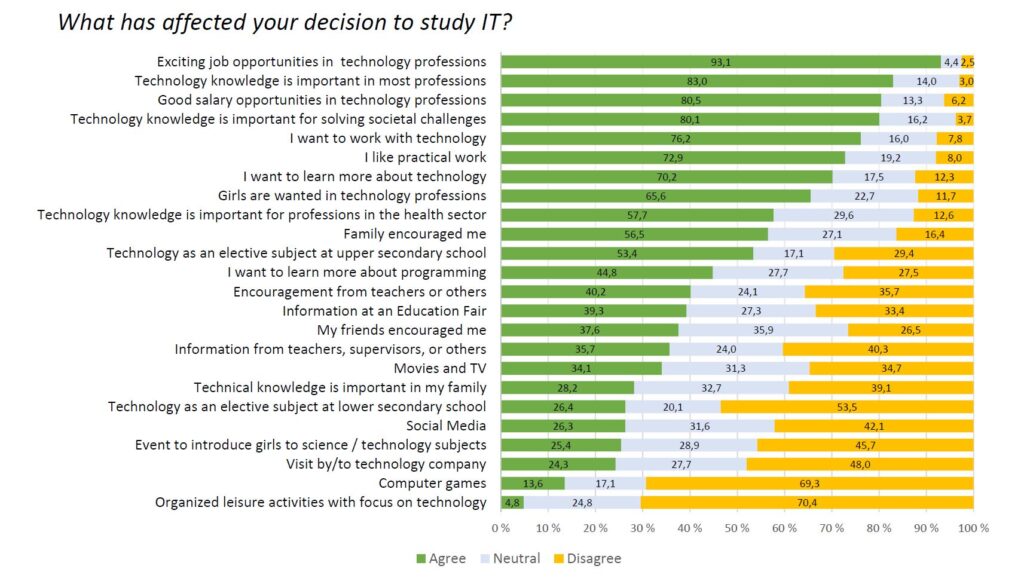
 (From the introduction)
(From the introduction)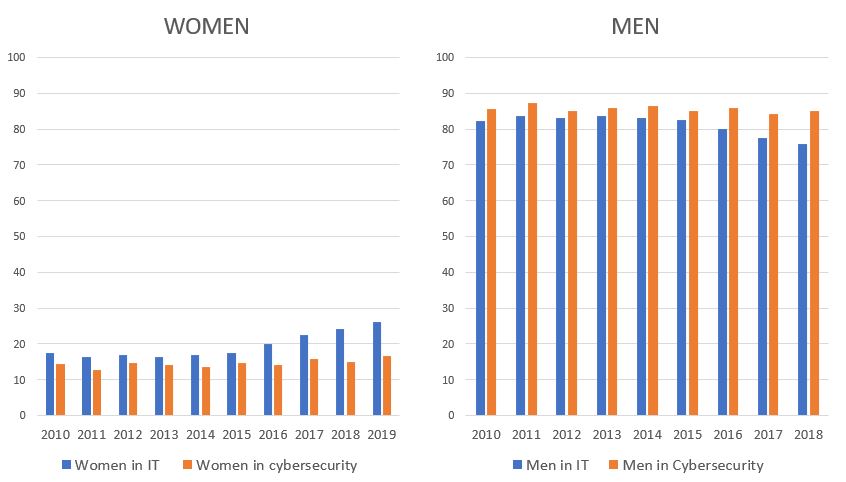
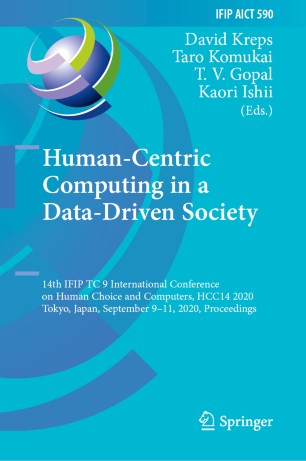 This is the question we ask in our recent article “What Can Statistics Tell About the Gender Gap in ICT? Tracing Men and Women’s Participation in the ICT Sector Through Numbers“. I have written this together with my colleague Morten Simonsen. The aim of the article was to identify how the gender structure in ICT education and work was represented through statistics. We often associate statistics with “facts” – the pure numbers that can show how things really are. And statistics are indeed important to monitor fields, but statistics are also representations of someone’s choices of which stories to tell.
This is the question we ask in our recent article “What Can Statistics Tell About the Gender Gap in ICT? Tracing Men and Women’s Participation in the ICT Sector Through Numbers“. I have written this together with my colleague Morten Simonsen. The aim of the article was to identify how the gender structure in ICT education and work was represented through statistics. We often associate statistics with “facts” – the pure numbers that can show how things really are. And statistics are indeed important to monitor fields, but statistics are also representations of someone’s choices of which stories to tell.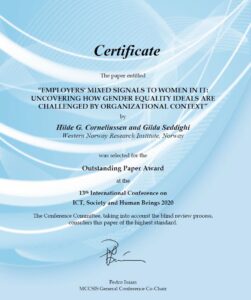

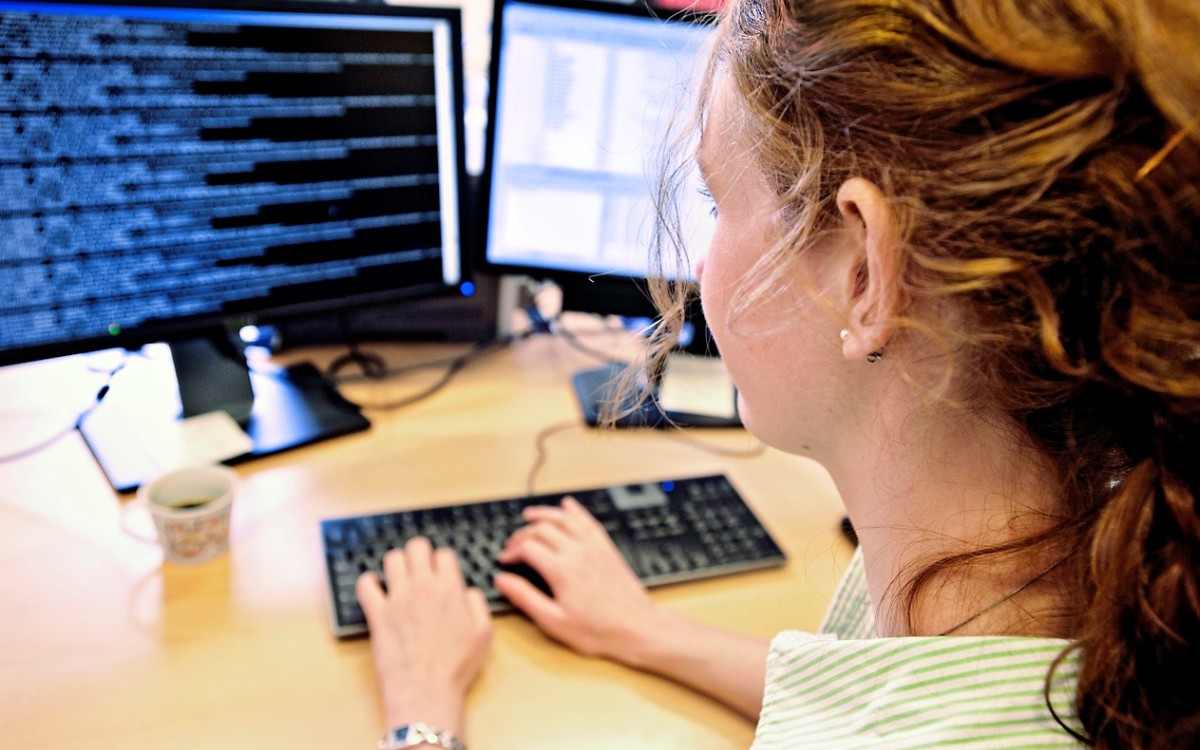


 Our article “From helicopter parenting to co-piloting: Models for regulating video gaming among immigrant youth in Norway” is out. Thanks to the editors of the book “Modellar” (Models): Øyvind Helgesen , Richard Glavee-Geo , Ghulam Mustafa , Erik Nesset & Paula Rice! Thanks also to the publisher, Universitetsforlaget, for agreeing to make this an open access publication. And thanks to my co-authors: Ca
Our article “From helicopter parenting to co-piloting: Models for regulating video gaming among immigrant youth in Norway” is out. Thanks to the editors of the book “Modellar” (Models): Øyvind Helgesen , Richard Glavee-Geo , Ghulam Mustafa , Erik Nesset & Paula Rice! Thanks also to the publisher, Universitetsforlaget, for agreeing to make this an open access publication. And thanks to my co-authors: Ca
 This year has been good for publications! We have a new chapter on immigrant youth and video gaming out today, published with Emerald in
This year has been good for publications! We have a new chapter on immigrant youth and video gaming out today, published with Emerald in 
 We were surprised with a very nice price last week: the author price for
We were surprised with a very nice price last week: the author price for